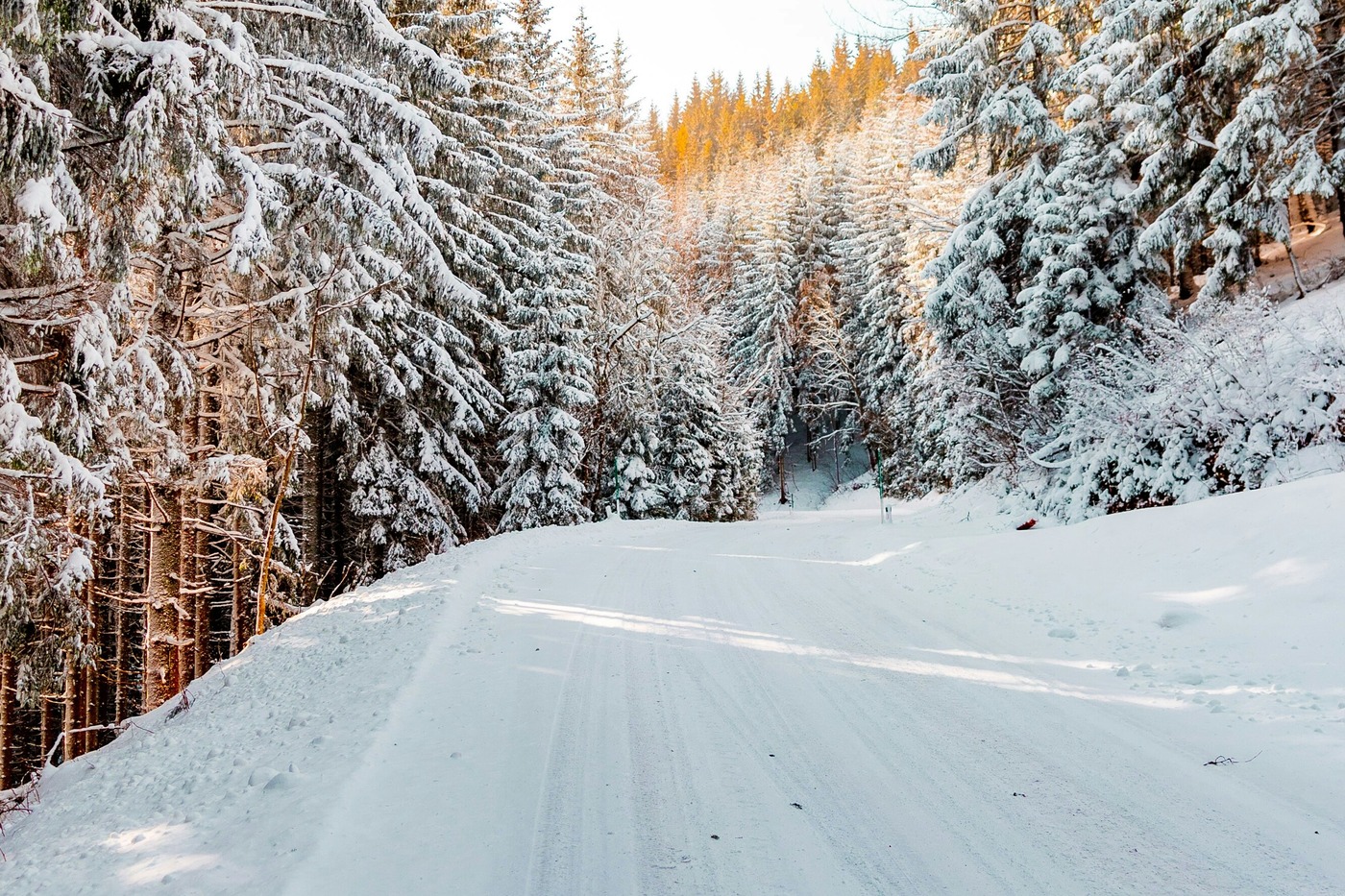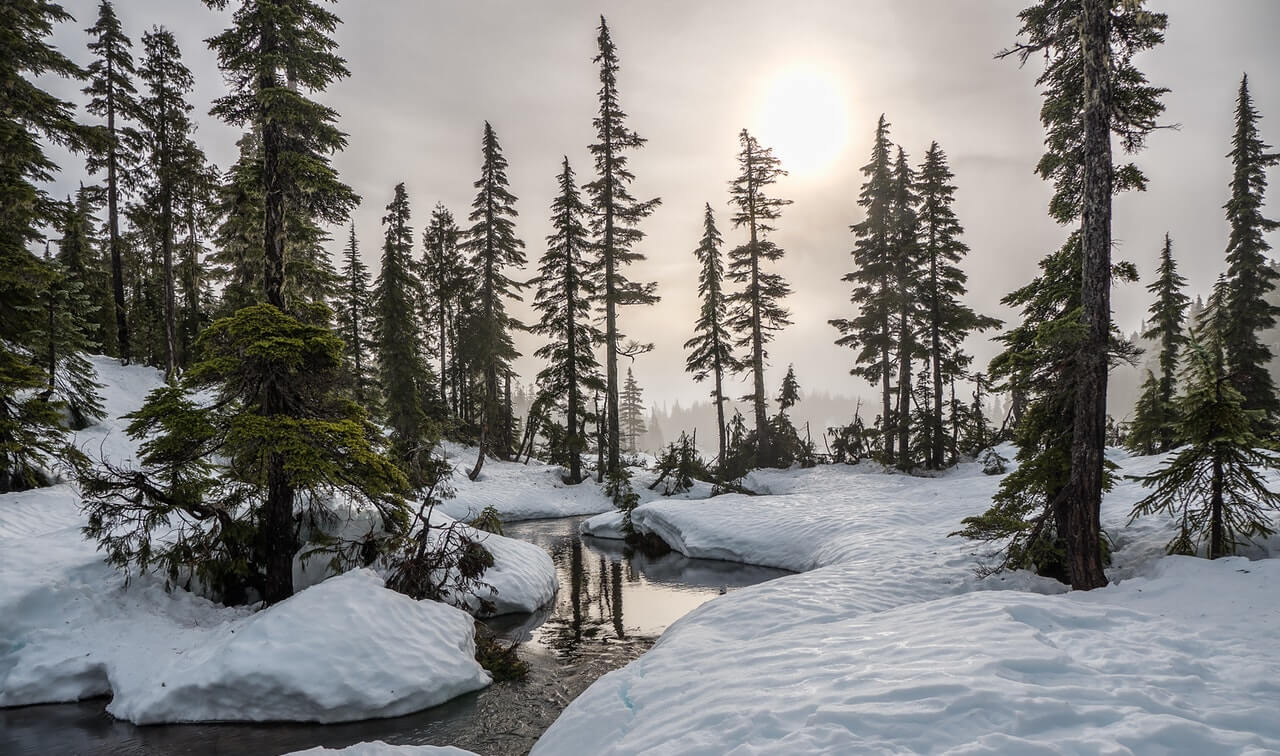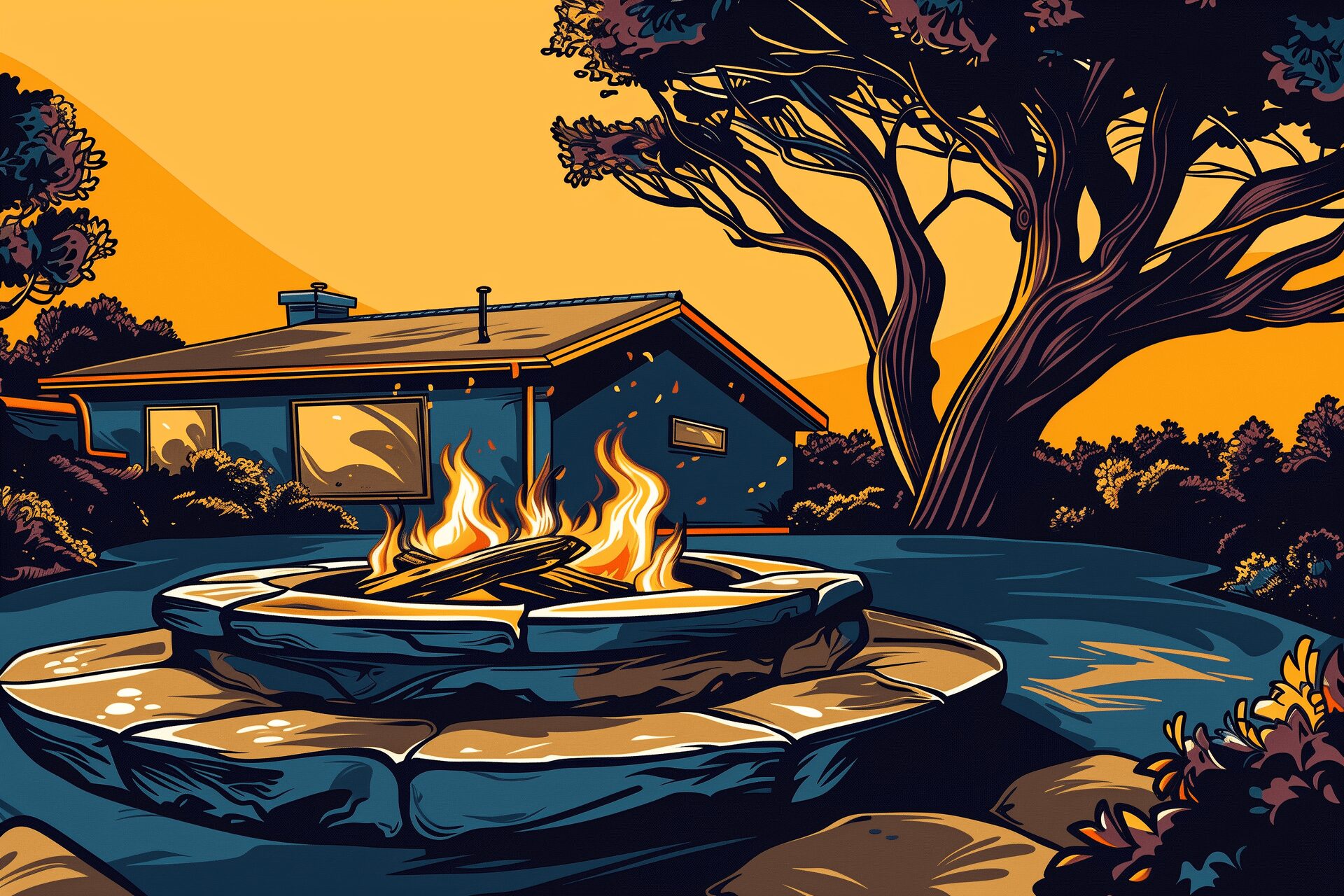How to Survive Being Stranded in the Snow
Jan 11, 2021

As an Amazon Associate, Modded gets commissions for purchases made through links in this post.
Despite all the technology modern cars offer, Mother Nature can be unfriendly when winter hits. Sure, you can connect your phone to your infotainment system. Unfortunately, your vehicle can’t dig itself out of the snow.
It only takes a few things to go wrong before you get stranded in a snowbank. You might hit black ice. Perhaps the highways shut down, and traffic backs up. Maybe you park in a lot overnight and come back to a giant snowball. No matter how it happens, getting stuck can be frightening. Plus, depending on where you are, people might have difficulty noticing you.
No one wants to get stuck. If you don’t have your wits about you, it can be downright dangerous. It’s essential to know how to survive being stranded in the snow when nasty weather puts you in a treacherous situation.
Prevention is the Best Policy
Pay attention to the weather. If the forecast calls for heavy snow or conditions that make driving dangerous, stay in. Whatever you have to do can likely wait another day. Need groceries? Make a meal out of the random ingredients in your pantry, such as rice, canned tomatoes, beans, etc. If you get creative, you can have a tasty meal.
Make sure you’ve sorted out your garage and made plenty of space to park. Park inside during snowy weather to prevent damage to your vehicle. Plus, when you park inside, you won’t have to dig your car out.
Picture this — it’s six in the morning, and you’re getting ready to head to the office. Only your car is parked in the front yard and covered in three feet of snow. A clean garage is a simple fix that will save you time and effort. No more scraping ice off the windshield.
Plan for the Worst
No one intentionally gets stuck in the snow. Therefore it’s essential to stock up the right supplies ahead of time. It only takes a few minutes out of your day, but it can significantly benefit you during an adverse situation.

As for what to pack, you’ll need food and water, extra clothing and blankets to keep you warm and a handful of special tools.
Staying Healthy
Make sure to pack non-perishable food supplies like nutrition bars, dried fruits, nuts and dehydrated food. You can also include canned foods, as long as you pack a spoon and manual can opener. With non-perishables, you don’t have to worry about regularly replacing your supplies. As a rule, plan for about 6000 calories worth of food per person or three days worth of food.
The average person requires about a gallon of water per day. Depending on the size of your family and who might be in the car, you should plan for at least a day’s supply of water. It might be possible to collect more from snow in an emergency, but you’ll need a way to purify it. A case of bottled water is an excellent choice, as you can grab a bottle to go if you need to trek.
Staying Warm
Pack a warm change of clothes and hand warmers. Be sure to use the layering approach to insulation, including a base, mid and top layer of clothing to seal heat in. If you have a waterproof jacket or pants to keep in the car, don’t hesitate. Should you become trapped, these will keep your gear warm and dry.
Extra blankets are another great item to pack, and will contribute to your insulation should you become stuck. Don’t forget a warm and preferably waterproof pair of gloves, which will make working outside the car more pleasant if necessary. Pack a first aid kit with basic supplies in case you’re injured.
Staying Safe
You should also pack a few necessary tools. A shovel for moving the snow is a good idea, along with a flashlight, emergency triangle, ice scraper for your windshield, road flares and jumper cables. Add a bag of kitty litter or road salt to help with traction in the snow. Don’t forget a charger for your cell phone — both the cable and a battery brick, if you have one.
Make sure your vehicle is in good working condition and has antifreeze. You should also keep a full tank of gas. Before winter hits, schedule an appointment with a trusted mechanic. They can inspect your vehicle from head to toe and determine if there are any weak spots. For example, a mechanic will know if your tread is too low or your windshield wipers need replacing.
You’re Stuck, Now What?
Getting stuck can happen all at once, slowly in bumper-to-bumper traffic or while you’re away from your car. If you know you’re getting stuck, don’t panic. The first thing to do is to get on your phone and let your friends and family know. Give them your location, and let them know how you’ve prepared. If you have all the things from the previous section, you’ll be safe for several hours.
Do not leave your car. It’s a good shelter and the best insulation you’ll have if people can’t find you quickly. Stay with the vehicle, but avoid running the engine more than necessary. Turn it on for brief stints, ten minutes every hour, for example. Use the power from the ignition to charge your cell phone and heat the car.
Be sure the car’s exhaust pipe doesn’t become clogged. A plugged exhaust can prevent the vehicle from starting. It can also cause carbon monoxide poisoning. Use your gloves to reach as far into the exhaust pipe as possible and clear out any snow that’s lodged there.
If you believe you’ll get stuck for a long time, insulate the windows of the vehicle. Use whatever material you have to cover them from the inside. Old magazines and papers, extra blankets and bags for grocery shopping can come in handy. This practice provides an extra layer of protection from the cold, since the windows are the easiest ways for air to enter.
Get Free as Quickly as Possible
You’ll want to get out of the situation as quickly as possible. Bad snowstorms tend to build in strength after the initial event. Exit the car and dig the snow out around you as soon as possible. Remove the snow gathered around your tires and apply the kitty litter behind the drive wheels. For example, if your car has front-wheel drive, you’ll want to put the litter up front. For all-wheel-drive, you can sprinkle near each tire.
Do not merely floor the accelerator. This process creates heat and digs the car in further. You want to use as little throttle as possible and rock the vehicle back and forth to gain momentum.
Try to get the attention of someone nearby who’s not stuck. You can attach a rope or tow line between your vehicles and maneuver free. Ensure you connect the tow line to an appropriate hardpoint on your car, such as the tow hook. If you hitch up to plastic bodywork, you’ll make the situation worse.
Try removing some air from your tires to gain traction. A softer tire can easily grip the slick, icy surface. However, don’t lower the air too much. If you get the car free, you’ll have to drive home. You probably don’t have a compressor to carry around in your car. Some specialized four-wheel-drive vehicles, however, have systems to add air back to their tires.
If you cannot get out, you’ll need to call the authorities or a tow company. Depending on road conditions, it may take minutes or hours to reach you. Hunker down, because it could get awfully frigid. You’ll want to get your layers on and blankets out. Use as little energy for your devices as possible. If there’s more than one of you, take turns sleeping to look for help.
Signaling Help Without Your Phone
If your situation doesn’t allow you to contact a tower or 911 using your cell phone, you’ll need to resort to other means. Many of the items in your tool kit will come into play.
First, break out the road flares. Ensure you have practice or understand the basics before you set them off. Walk a safe distance from your car, then deploy the flare. Don’t use all of them back-to-back, as someone far off might notice the flame but be unable to reach you quickly.
When you finish digging the snow out around your car, deploy additional SOS signs using the vehicle itself. Raise the hood to indicate you’re stranded. If you take a nap, be sure to lower it first. Wet snow in your engine bay is not ideal.
Tie a red handkerchief or cloth around the car’s antenna to signal for help. Don’t have a red cloth? Almost any bright-colored material will work. For example, a yellow plastic shopping bag, a fast food bag, scarf, beanie, etc.
You can use your horn to tap out SOS in Morse code, which is three short and three long blasts. Wait until you see a car driving by to honk your horn. At night, keep an eye out for passing headlights.
You can also write out HELP by stomping or digging out the snow around your car. Use your shovel or waterproof boots, being careful not to get your feet wet. Add a few pairs of wool socks to your cold-weather gear. Along with being warm, wool has the added benefit of providing warmth when it’s wet, making it ideal for snowy survival conditions.
The Long Wait
In a small number of scenarios, you might not receive any help. In this is the case, you must rely on your supplies to get you through. Conditions might clear, or you might get your car unstuck.
If you have company, huddle together to stay warm and make sure you’re both eating and drinking. Know the signs of hypothermia, which can be deadly if left untreated. Someone experiencing the onset of hypothermia may seem disoriented. They may slur their speech or express confusion and lack of coordination. To combat the condition, you need to warm the person up. Yet you’ve got to be careful about how you do it.
In your snowbound situation, it can be challenging to treat hypothermia effectively. Remove any wet clothing the person has on and cover them in blankets and insulation. Monitor their breathing. If you have any means of providing hot beverages, such as tea or coffee, give them that. Do not apply direct heat, for example, hot packs on the arms or legs. The temperature change can dislodge blood clots and send them to the brain.
When to Make Your Move
Once the weather calms down, if you still haven’t been in contact with rescue personnel, you’ll need to make a difficult decision. Depending on how much fuel you have left and whether you have other people around, it could be wise to wait longer. For example, say one of your passengers is injured. You don’t know where you are, and you don’t have much fuel left. The best route is to wait it out.
If you attempt to drive out of a situation, the weather might get worse. You could get in an accident or deepen your predicament. Hopefully, someone will catch wind of your location soon.
If you’re in good health, your vehicle is in good condition and you have enough fuel, it’s best to make a move. Try to get to a nearby gas station or hotel. Ideally, the next town. If you leave others behind, you can send them help once you reach your destination.
Realistically, it’s rare you’ll need to wait for help longer than a few hours in adverse conditions. We are lucky to have great technology and vehicles that can assist in all but the most remote locations. However, you need to be prepared and understand how to respond in a challenging snowstorm. Confidence and peace of mind could mean the difference between making it out unscathed and a very unpleasant ordeal.





